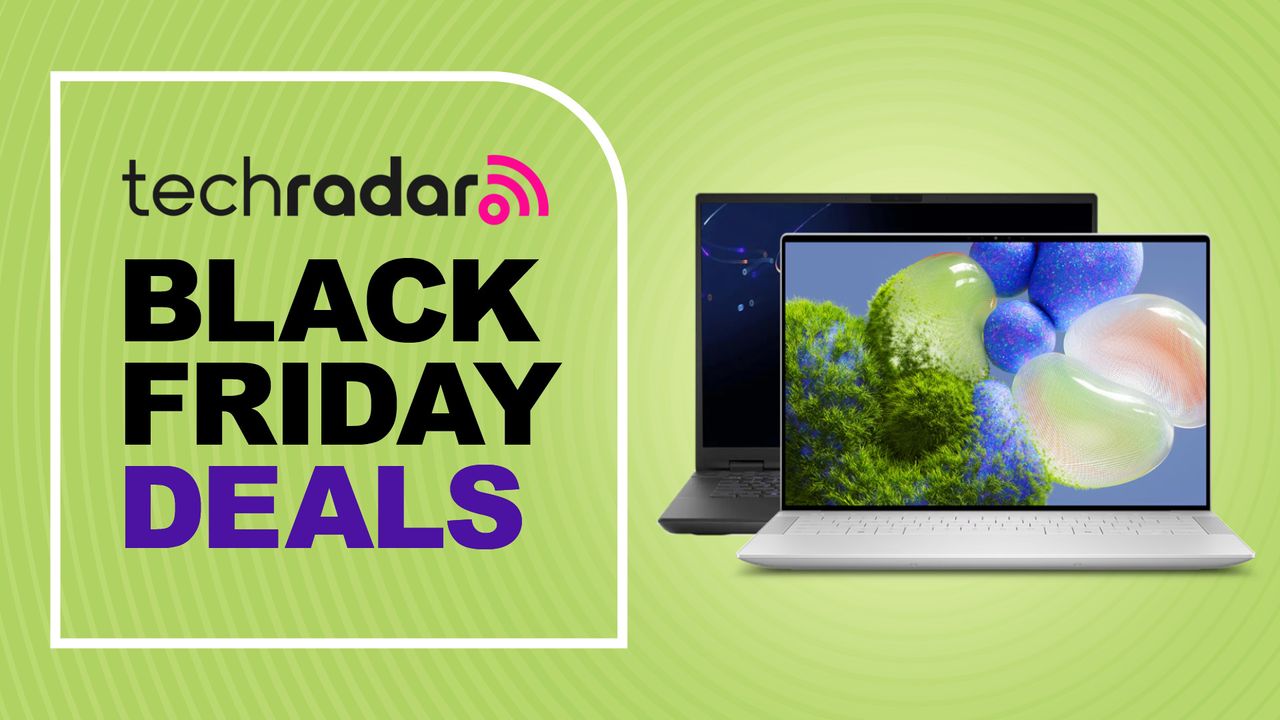What’s happened? After having launched as a preview on the MSI Claw, Xbox Full Screen Experience (FSE), the console-style UI for Windows gaming handhelds is now officially launching for all compatible Windows handhelds starting November 21, 2025. Already demonstrated on the ROG Xbox Ally, this mode shifts the device into a lean gaming-first shell, bypassing much of the traditional Windows desktop environment. The move aims to reduce background processes, streamline navigation, and improve resource allocation for games.
- The update lets handhelds boot directly into the Xbox app as the “home” launcher, skipping full desktop and Explorer shell loads.
- Microsoft claims FSE saves around 2 GB of memory and cuts down idle background tasks by roughly 30% compared to full Windows mode.
- Supported devices include handhelds like the ASUS ROG Xbox Ally/Ally X, Lenovo Legion Go, and others; broader PC support via Windows Insider is on the roadmap.
- A new Settings toggle (Settings > Gaming > Full screen experience) lets users opt in, pick a “home” app, and launch FSE on startup.
Immerse yourself.The Xbox full screen experience is coming to Windows 11: https://t.co/SSY4ntf0Bs pic.twitter.com/nnybRPRPCw
— Xbox (@Xbox) November 21, 2025
Why this is important: This isn’t just a UI tweak; it could change how handheld Windows gaming PCs feel and perform. Older devices often struggle with background overhead, inefficient power usage, and a desktop UI that is not optimized for gamepad navigation. FSE aims to remove many of those friction points.
- For owners of previous-generation handhelds, it means their device may feel fresher, faster, and more “console-like” without buying new hardware.
- Reduced system overhead can translate to higher frame rates, fewer stutters, and possibly better battery runtime.
- The update narrows the gap between dedicated gaming handhelds and PC handhelds by offering a console-style mode where Windows acts more like a game-optimized shell.
- From a value perspective, this may extend the usable life of devices and shift buying decisions. You might end up delaying an upgrade if your handheld receives a significant boost.
Why should I care? For anyone using a Windows handheld as a daily gaming device, the Xbox Full Screen Experience isn’t just a quality-of-life perk. If anything, it literally changes how you interact with the device altogether. Instead of juggling desktop windows, background apps, and awkward navigation, you’re getting a far more console-like flow that trims distractions. This matters if you often game on the go, since handhelds are all about quick sessions, instant access, and minimal friction. FSE lets you jump into your games faster, switch titles more smoothly, and spend less time dealing with Windows quirks that were never designed for a small 7- or 8-inch touchscreen. It also means your handheld can feel more “purpose-built” instead of like a tiny laptop trying to act like a Switch or Steam Deck.
Recommended VideosBeyond convenience, this update could influence your long-term upgrade plans. If your device suddenly gains better efficiency, smoother UI navigation, and reduced system overhead, you might squeeze another year or two of use out of it before thinking about new hardware. FSE also creates a more consistent experience across handheld brands, so if you’ve been debating between an Ally, Legion Go, or upcoming models, you can expect a more predictable baseline for performance and usability. Whether you’re chasing better battery life, smoother gameplay, or just a simpler handheld experience, this update has real-world benefits you’ll feel immediately and long after.
 Jacob Roach / Digital Trends
Jacob Roach / Digital Trends
Okay, so what’s next? Over the coming weeks, you’ll want to check whether your handheld receives the FSE update and how your specific model behaves in “real-world” use. Manufacturers may release firmware updates to fully support FSE on older models, and Microsoft may expand “gaming shell” support to laptops and other form factors, hinting at a broader OS shift. If all goes well, enabling FSE on your handheld could be one of the smartest software upgrades you make this year, bringing new life to hardware you already own.


